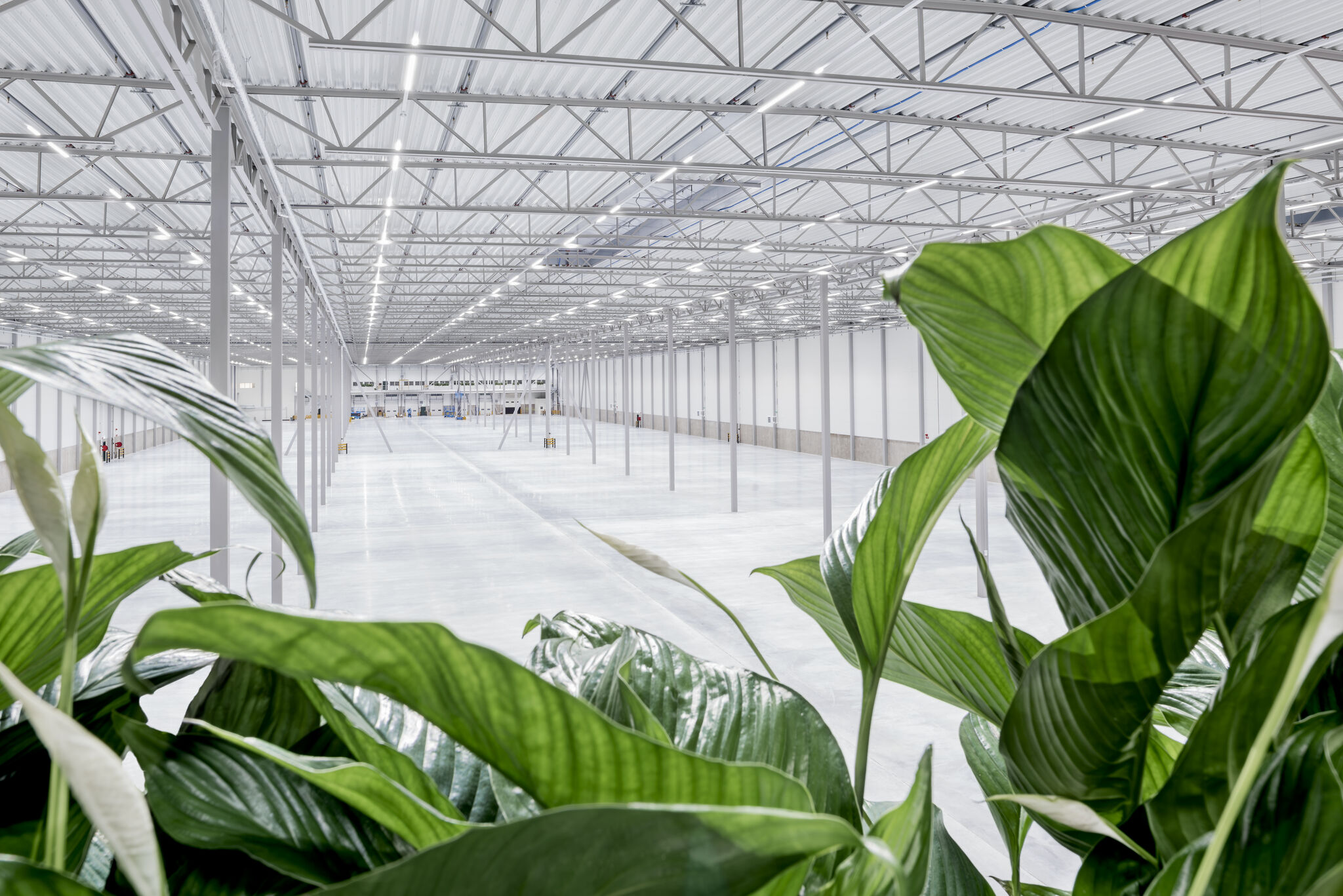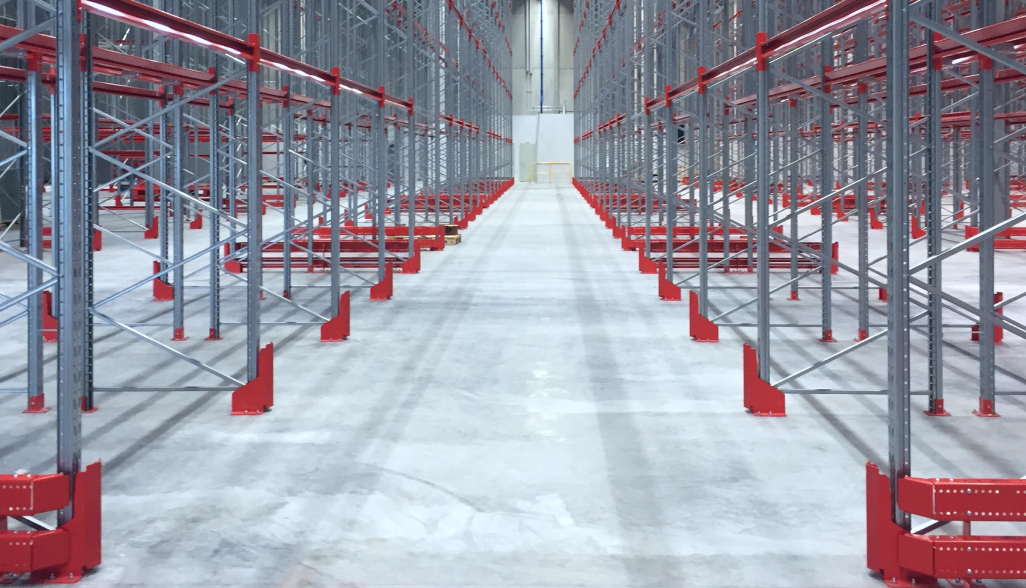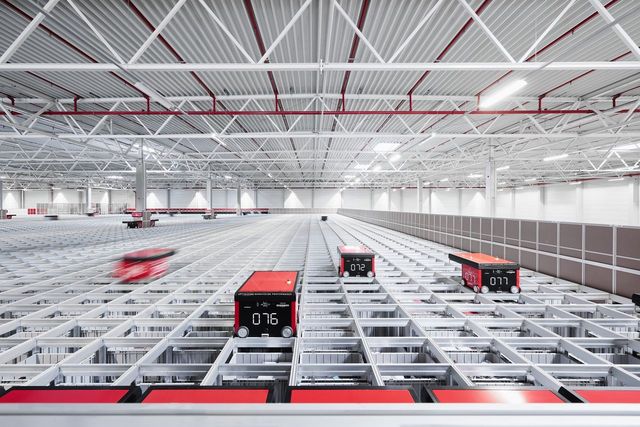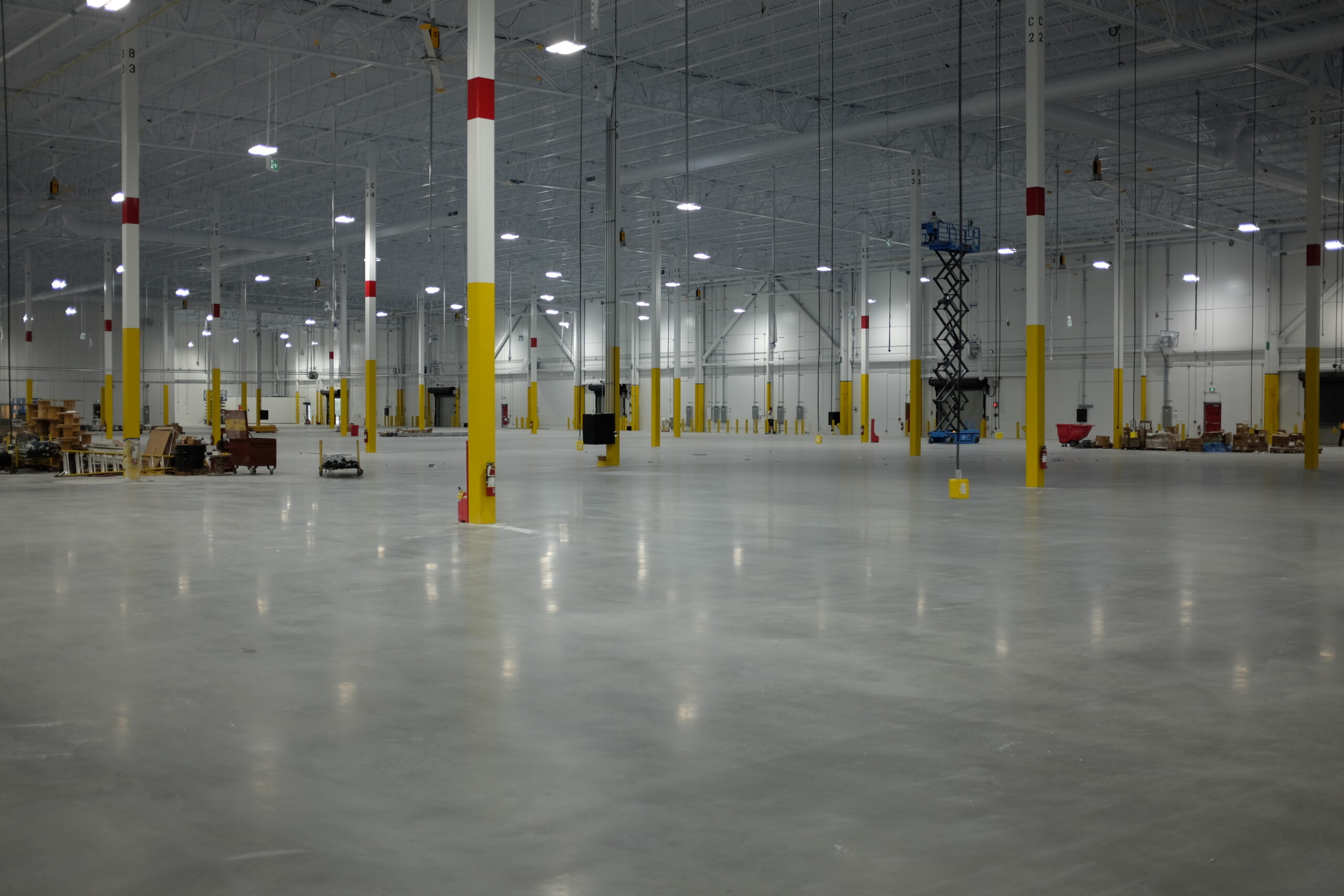Reduce Your Floor’s Carbon Footprint Up to 70%
PRIMX offers an innovative solution for reducing your construction project’s carbon footprint by up to 70%. By using high performance design and optimized material efficiency to cut down on CO2 emissions. By requiring less cement, steel, and other traditional materials, PRIMX goes beyond the surface-level sustainability claims of others by delivering real, measurable CO2 reductions.
Example: A large distribution center project utilized PRIMX to reduce its overall carbon footprint. By choosing PRIMX’s low-carbon concrete, they significantly decreased their environmental impact while maintaining high performance and durability standards, helping the facility meet corporate sustainability goals and stricter regulatory requirements.




